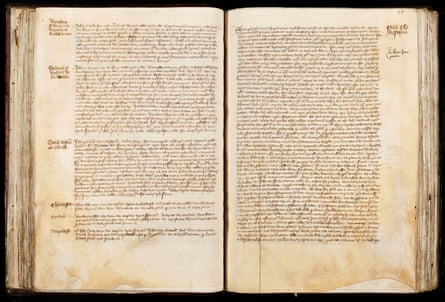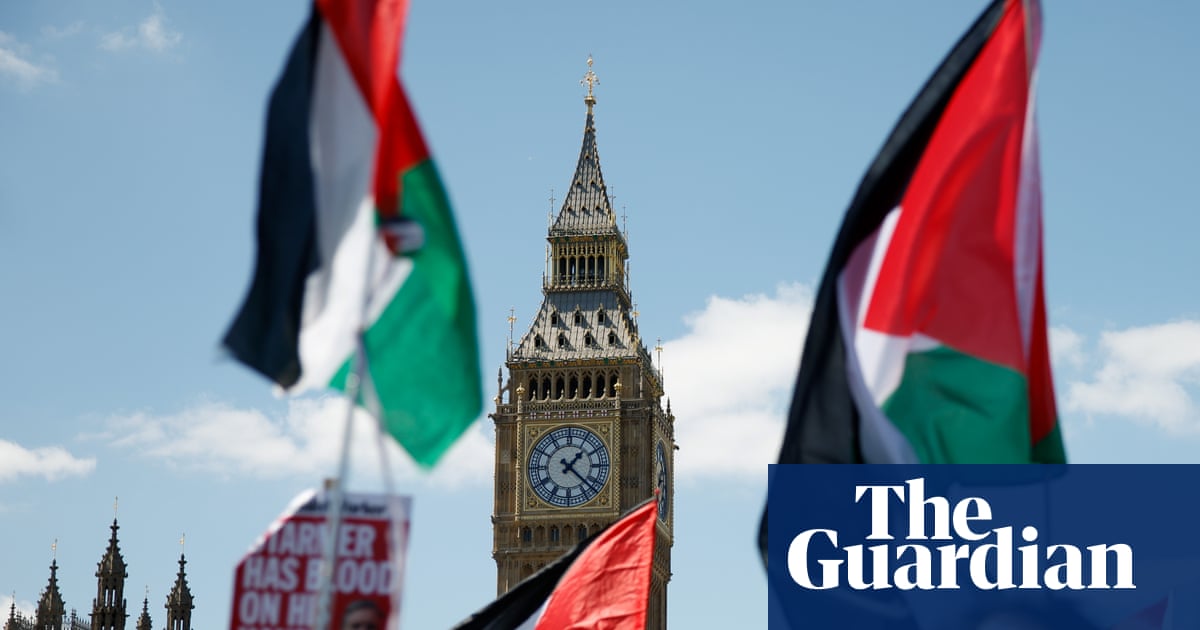Almost 700 years ago, in a busy London street in the shadow of St Paul’s Cathedral, a priest called John Ford was brazenly stabbed to death in a crime notable both for its public nature and its ferocity.
It was early evening, just after vespers on 4 May 1337, and the street in Westcheap would have been bustling with passersby. In full view of them all, one man sliced Ford’s throat with an anelace, a foot-long dagger, while two others used long knives to stab him in the belly. Was someone trying to make a very public example of the victim?
An investigation quickly named the killers and the person who ordered the slaying – a wealthy noblewoman called Ela FitzPayne, whose husband had appointed the dead priest to his village parish in Dorset. No explanation was offered, however, and only one man, a former servant of FitzPayne’s, was ever convicted of the crime.

Seven centuries later, documents unearthed by a leading Cambridge university academic have pointed to what he believes is a likely motive. According to Prof Manuel Eisner, director of the university’s Institute of Criminology, the records suggest the murder was a revenge killing ordered by the noblewoman on the man who had once been her lover and her collaborator in an earlier violent raid on a Benedictine priory.
A letter found by the academic shows that FitzPayne had been denounced to the archbishop of Canterbury for multiple acts of adultery, including with Ford, and ordered to perform years of humiliating penance – an instruction she flagrantly ignored. Eisner believes the document implies Ford was the informant – and the murder was her revenge.
“The record suggests a tale of shakedowns, sex and vengeance that expose tensions between the church and England’s elites,” says Eisner. The murder, he believes, was “a mafia-style assassination of a fallen man of God by a gang of medieval hitmen” that FitzPayne may have intended as a brutal show of strength against both Ford and the clerical establishment.

The Ford case is one of hundreds of 14th-century murders in London, York and Oxford that have been collated by Eisner into an online resource called Medieval Murder Maps. A new paper, co-authored by Eisner and published on Friday in the journal Criminal Law Forum, highlights the crime hotspots of the three medieval cities. For the academic, who also works on present-day crime prevention strategies, there are similarities to modern crime patterns and important differences.
“Violent hotspots tend to concentrate around the crossroads and arteries of public activities, both in medieval cities 700 years ago and in modern cities. Where there are lots of people in taverns or bars, there is lots of potential for conflict.”
That hasn’t changed, he says, but one thing has. While modern crime hotspots are disproportionately found in disadvantaged neighbourhoods, in medieval times it was the richer neighbourhoods where violent crime was more likely to happen.
In some cases, Eisner says, the prestige of the address itself appears to have been central to the crime’s purpose. “These are theatrical acts, where the revenge isn’t just [a crime] against the individual victim. The revenge is something that people are intended to see. And I think that’s exactly what is happening in the case of Ela FitzPayne.”
As a medieval woman who raided priories, openly defied the clerical authorities and ordered the assassination of a priest, “Ela FitzPayne appears to have been many things, including an extraordinary person,” he said.

 3 months ago
147
3 months ago
147

















































